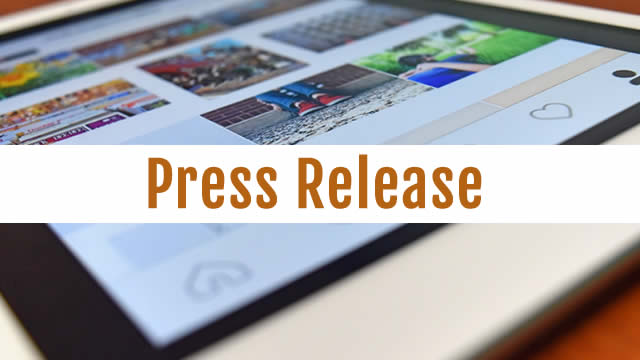Revolutionizing Healthcare: The Power of Out-of-the-box Integration for Patient Identity Verification
In today’s digital world, the importance of data security and privacy cannot be overstated, especially when it comes to sensitive health information. One of the most significant challenges in the healthcare industry is maintaining accurate and secure patient records. Traditional methods of patient identity verification rely on manual processes, which can lead to errors, delays, and even potential security breaches. However, the advent of out-of-the-box integration is set to transform the landscape of healthcare, offering a reusable, connected health identity that simplifies verification and enhances security.
The Challenge of Patient Identity Verification
Patient identity verification is a critical component of providing high-quality, efficient healthcare services. Healthcare providers need to ensure that they have accurate and up-to-date patient information to make informed decisions and deliver personalized care. However, the process of verifying patient identities is often cumbersome and time-consuming. Patients are required to provide multiple forms of identification, and healthcare providers must manually match the information to their records.
The Solution: Out-of-the-box Integration
Out-of-the-box integration is a game-changer for patient identity verification. This technology allows healthcare providers to leverage pre-built, interoperable systems that can securely and accurately verify patient identities. By integrating these systems, healthcare providers can access a comprehensive, connected health record for each patient, reducing errors and improving the overall patient experience.
Benefits for Patients
For patients, out-of-the-box integration offers several benefits. First and foremost, it simplifies the verification process, reducing the need for patients to provide multiple forms of identification. This not only saves time but also reduces the risk of errors and potential security breaches. Additionally, having a connected health record ensures that healthcare providers have access to accurate and up-to-date patient information, leading to better care and improved health outcomes.
Benefits for Healthcare Providers
Healthcare providers also stand to benefit significantly from out-of-the-box integration. By streamlining the verification process and providing access to comprehensive patient records, healthcare providers can improve efficiency, reduce errors, and enhance the overall quality of care. Additionally, having accurate and up-to-date patient information can help providers identify trends and patterns, leading to better population health management and improved patient outcomes.
The Impact on the World
The implementation of out-of-the-box integration in healthcare is poised to have a significant impact on the world. By improving patient identity verification and enhancing the security of sensitive health information, this technology can help reduce healthcare costs, improve patient outcomes, and ultimately lead to a more efficient and effective healthcare system.
Conclusion
Out-of-the-box integration is a powerful tool that is transforming the healthcare industry. By simplifying patient identity verification and providing access to comprehensive, connected health records, this technology is helping to improve efficiency, reduce errors, and enhance the overall quality of care. As the world continues to embrace digital health solutions, the importance of out-of-the-box integration will only grow. Embracing this technology will not only benefit individual patients and healthcare providers but also contribute to a more efficient and effective healthcare system for all.
- Out-of-the-box integration simplifies patient identity verification
- Connected health records reduce errors and improve care
- Healthcare providers can access accurate and up-to-date patient information
- Improves population health management and patient outcomes
- Contributes to a more efficient and effective healthcare system





